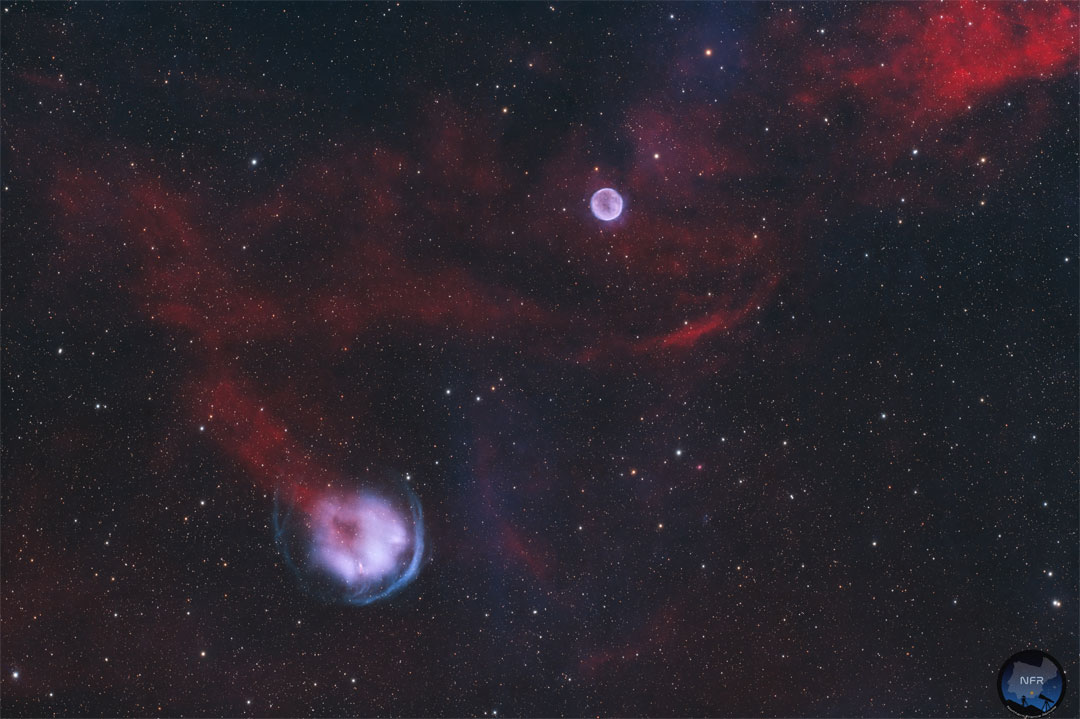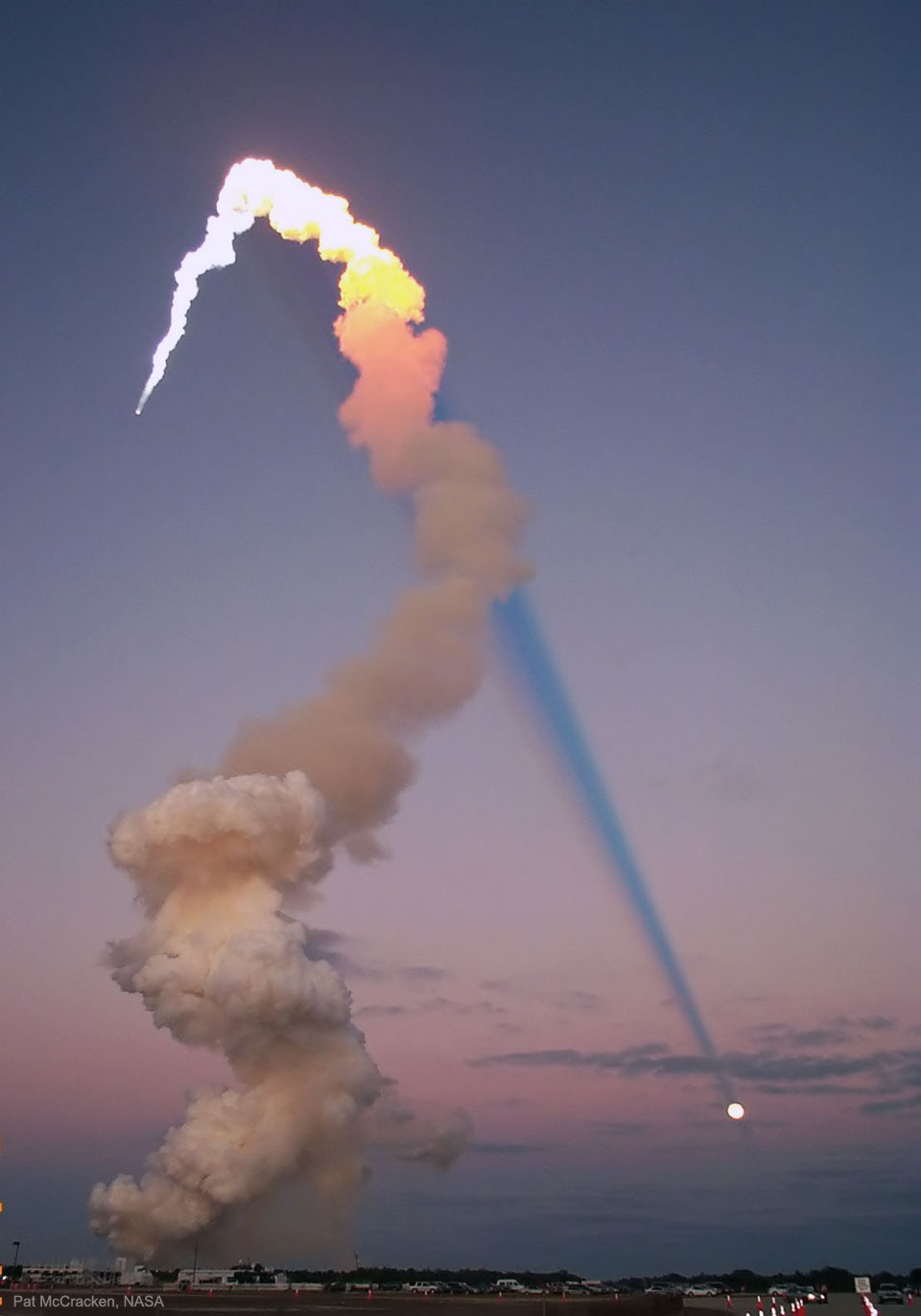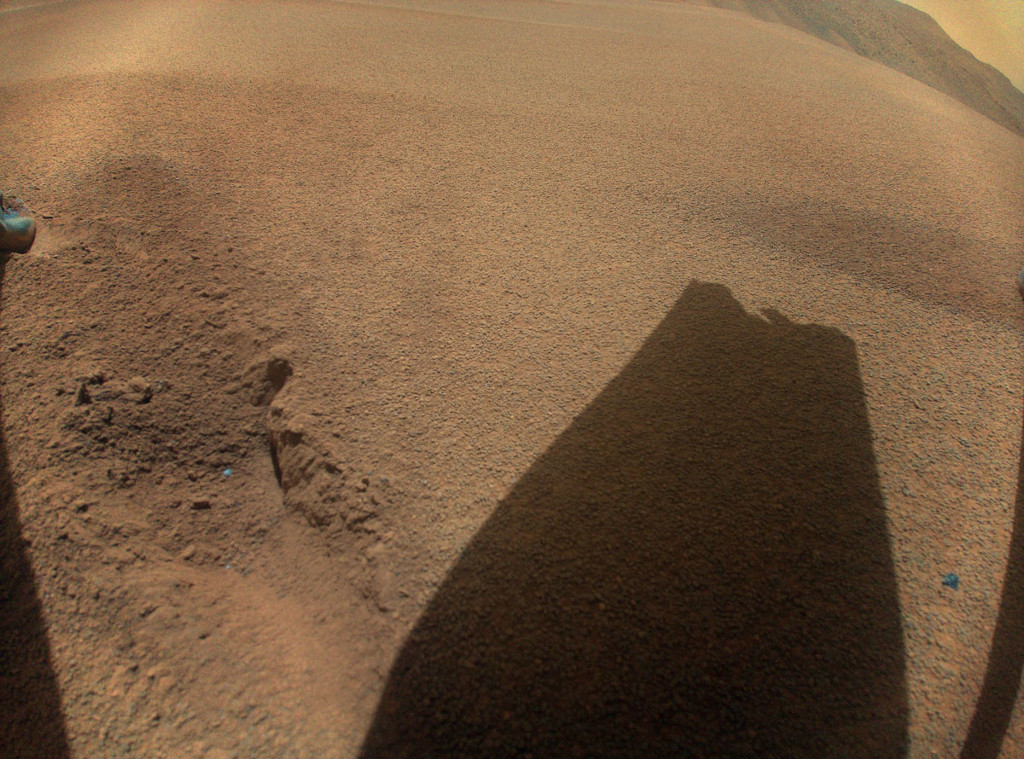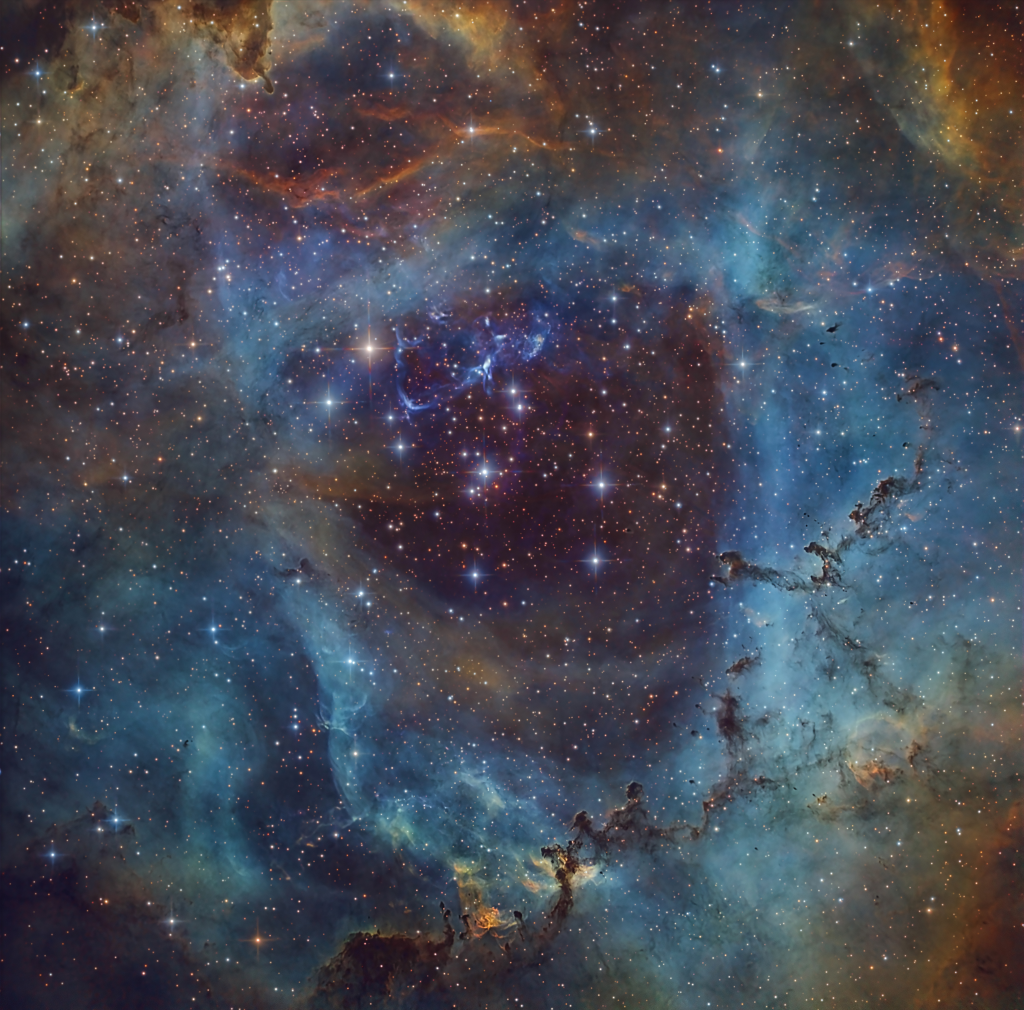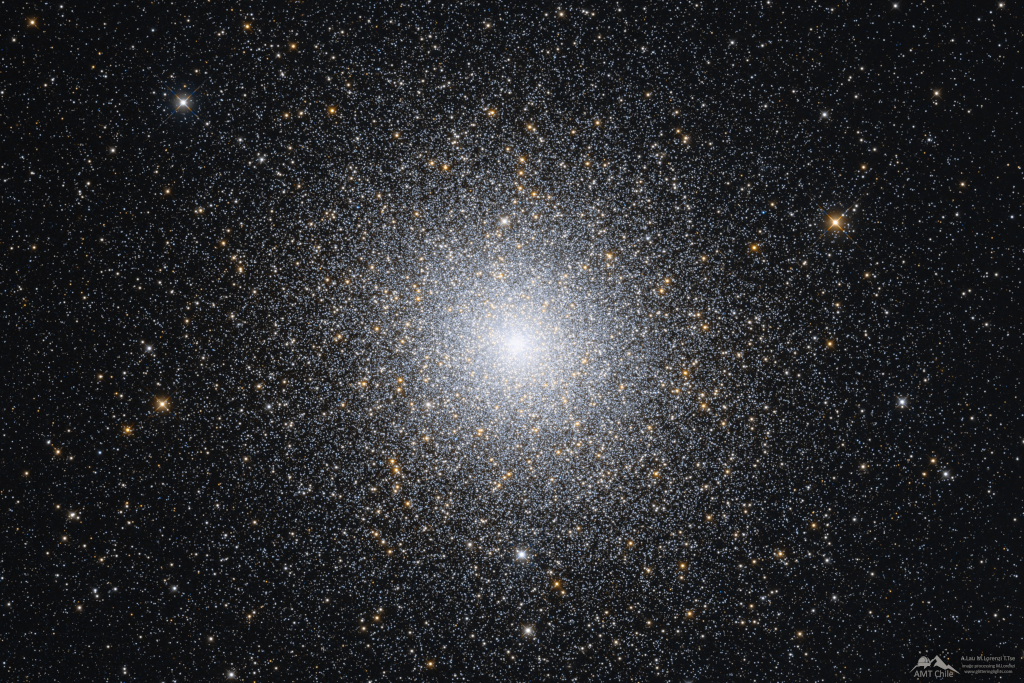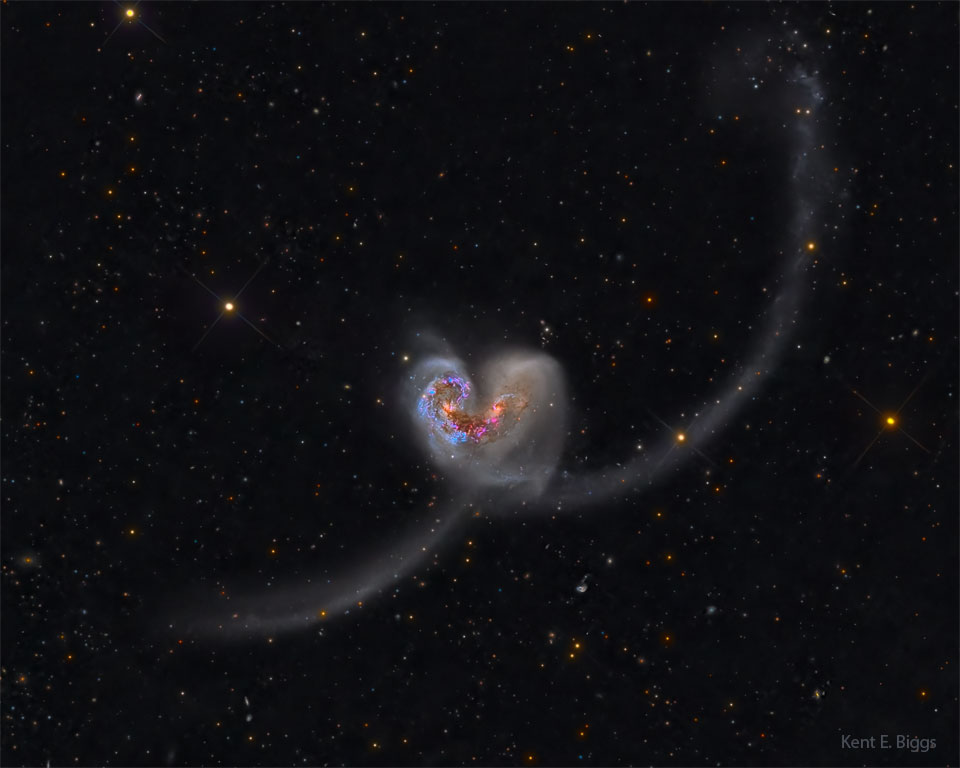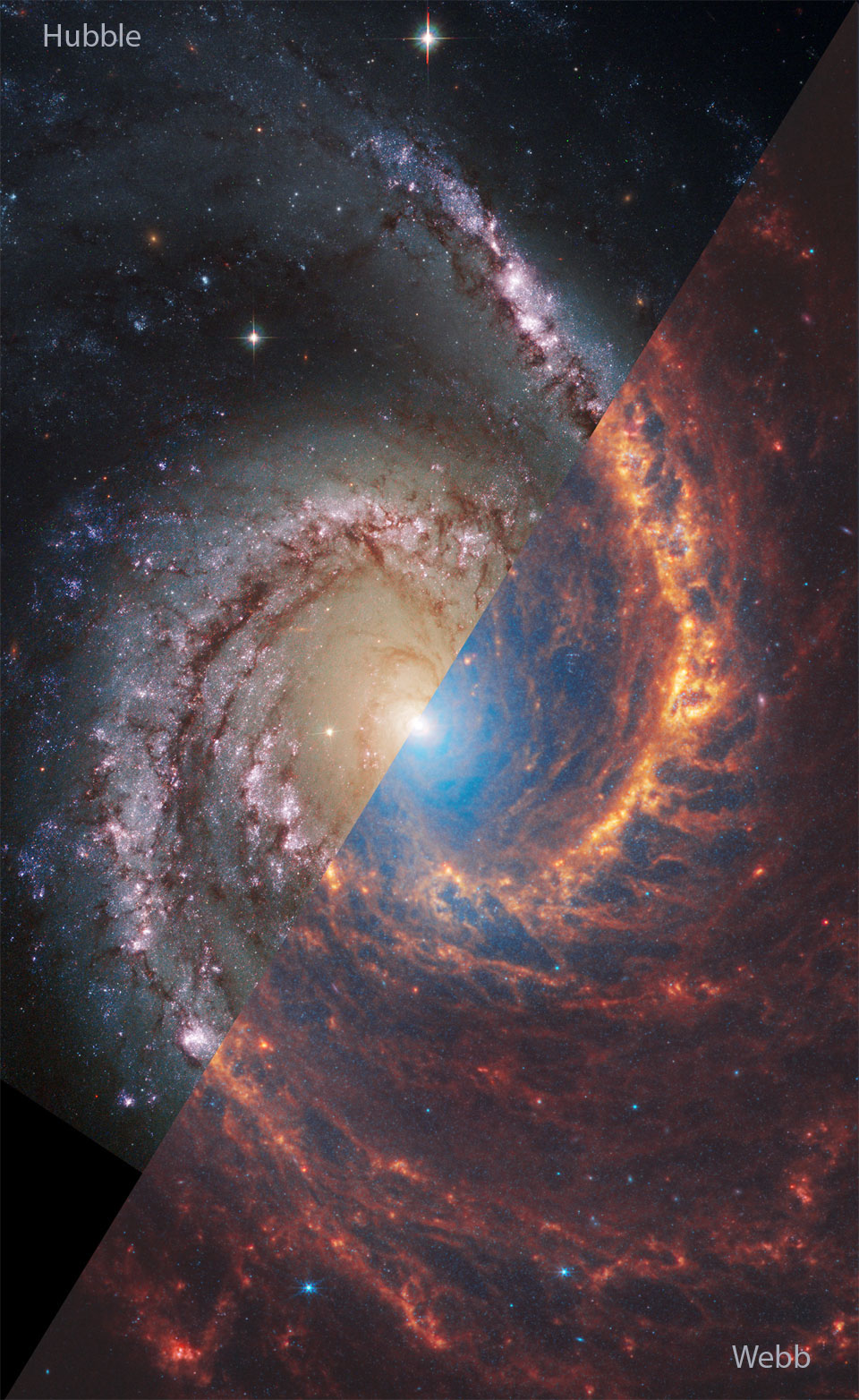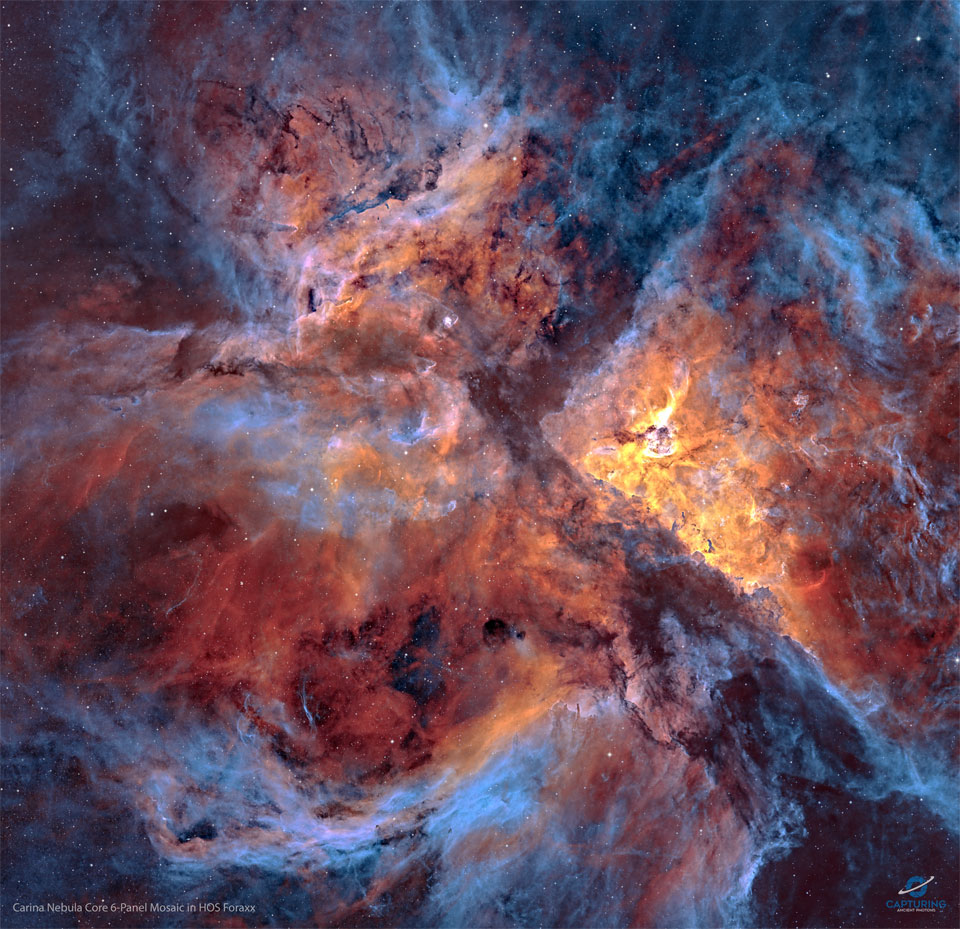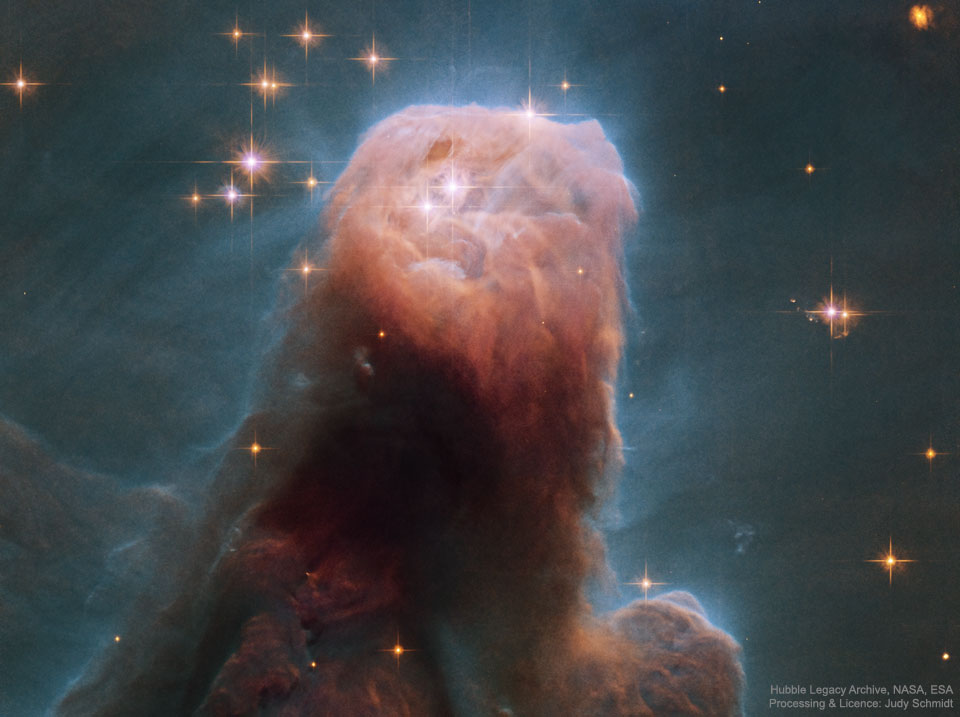안녕하세요, 잡학다식 입니다. 오늘은 과연 나사에서 어떤 방식으로 우주의 형상을 표현해 줄까요?
우선 이미지부터 볼 수 있도록 하겠습니다
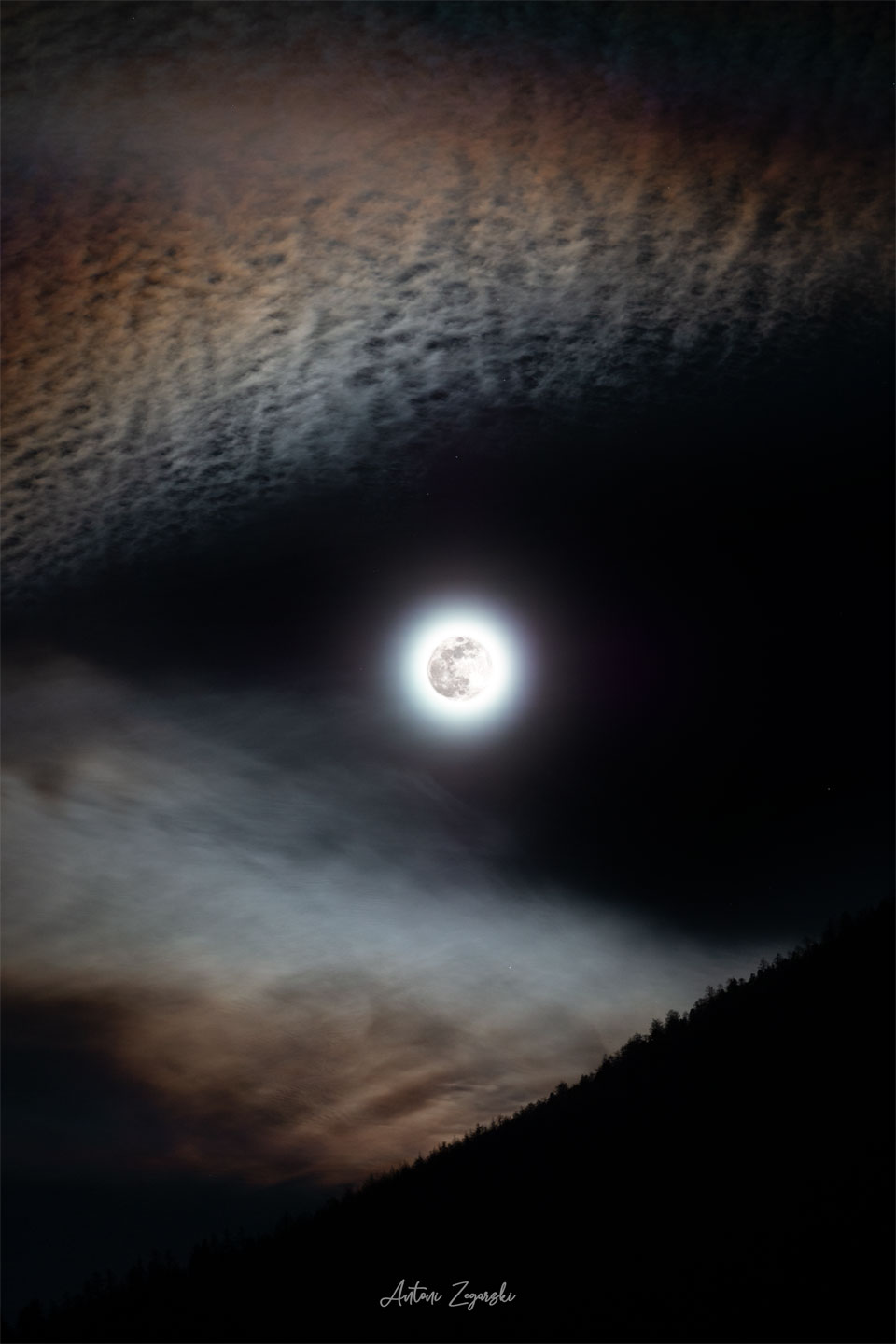
해당 사진의 이름은 A January Wolf Moon 인데요 우선 NASA에서 공식적으로 발표한 설명들을 확인해 보겠습니다
Did you see the full moon last month? During every month, on average, a full moon occurs in the skies over planet Earth. This is because the Moon takes a month to complete another orbit around our home planet, goes through all of its phases, and once again has its entire Earth-facing half lit by reflected sunlight. Many indigenous cultures give each full moon a name, and this past full moon's names include the Ice Moon, the Stay at Home Moon, and the Quiet Moon. Occurring in January on the modern western calendar, several cultures have also named the most recent full moon the Wolf Moon, in honor of the famous howling animal. Featured here above the Italian Alps mountains, this past Wolf Moon was captured in combined long and short exposure images. The image is striking because, to some, the surrounding clouds appear as a wolf's mouth ready to swallow the Wolf Moon, while others see the Moon as a wolf's eye.
이번에도 광활한 우주 앞에 인간이 얼마나 작은 존재인지 다시 한번 알게 되는것 같습니다
저는 내일도 더 좋은 사진과 함께 돌아오겠습니다, 그럼 행목한 하루 되시길 바랍니다
'과학상식' 카테고리의 다른 글
| NASA 나사의 오늘의 이미지들 (2024-02-15) (0) | 2024.02.16 |
|---|---|
| NASA 나사의 오늘의 이미지들 (2024-02-14) (0) | 2024.02.15 |
| NASA 나사의 오늘의 이미지들 (2024-02-12) (0) | 2024.02.13 |
| NASA 나사의 오늘의 이미지들 (2024-02-11) (0) | 2024.02.12 |
| NASA 나사의 오늘의 이미지들 (2024-02-10) (0) | 2024.02.11 |
